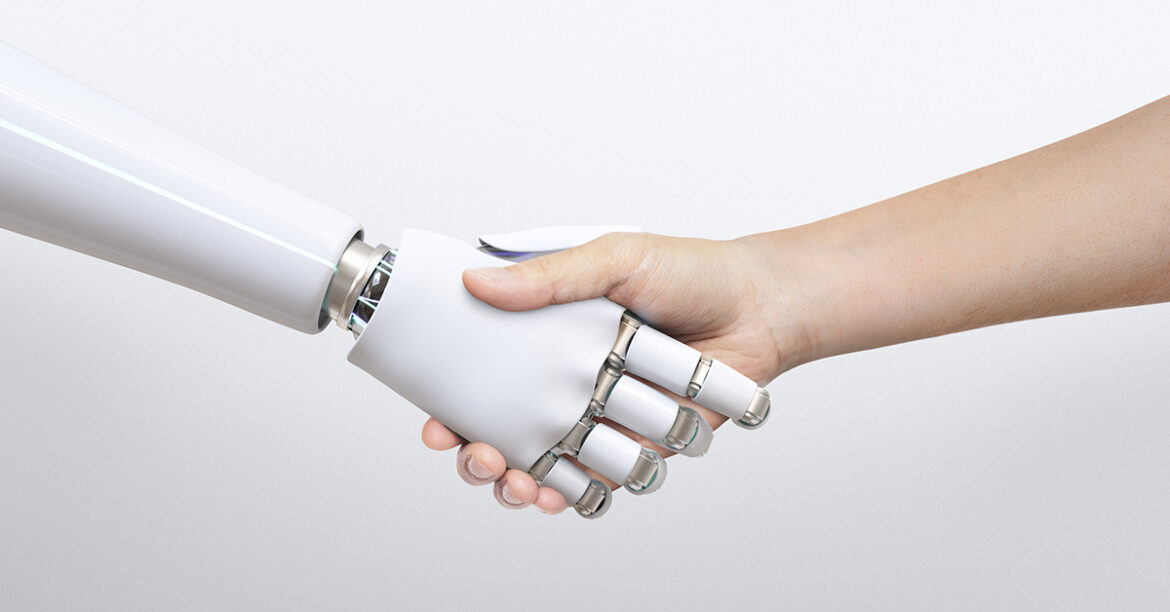By Teodora Pavkovic
In 2024, more than 70 percent of young people had used at least one generative AI tool. And nearly half of those who used it for schoolwork did so without a teacher’s permission, which means that whether your district allows AI use or not, your students are using it.
Regardless of whether today’s learners become doctors, coders, teachers, or artists, their careers will almost certainly involve the use of AI. As such, teachers have a responsibility not just to regulate, but to educate students on how it should be used.
Students are turning to generative AI in three key ways, each of which presents new challenges for educators, as well as instructional opportunities.
1. Companionship
AI bots are increasingly playing the role of digital confidante and even romantic interest, offering the comfort of advice, simulated affection, and reassurance in a judgment-free space. But that “space” comes with its own risks.
When used for companionship, AI cannot offer real reciprocity or shared experiences, even if it mimics empathy. One of the biggest risks is that these tools are designed to make people forget they are interacting with a piece of technology – leaving children susceptible to forming real attachments with imagined personas, which can promote unrealistic expectations for human relationships and hinder their development of important social skills, including real empathy.
At its worst, these AI-based chat platforms can also open the door to commercial exploitation of loneliness, charging fees for “premium” conversations or selling emotional dependencies as features.
2. Mental Health Support
Students may also conflate AI with mental health services, turning to chatbots to share feelings and challenges, and to seek advice. Unlike a trained professional, AI lacks the nuance, context, and clinical safeguards required for sufficient mental health support.
In a practical sense, students may not understand how their data is being collected or used, which can leave them vulnerable to having personal information stored, analyzed, or even shared for marketing or profiling purposes without their informed consent.
Even more concerning, children may follow the unsubstantiated and often misguided advice of an AI bot—advice that may be harmful, or even dangerous to the child’s health.
3. Learning and Schoolwork
Students are also using AI to brainstorm essays, summarize readings, debug code, and more. These tools can support learning if used well, but when AI becomes a shortcut, it may undermine critical thinking.
A student who uses AI to draft most of their essay might bypass the process of organizing their own thoughts, weighing evidence, and forming an original argument. Over time, this can erode the deeper problem-solving abilities that coursework is meant to develop.
The good news is that these risks can be balanced with thoughtful use. Many students already approach AI with skepticism, checking its accuracy and questioning its reliability. Educators have the opportunity to channel this instinct toward meaningful AI literacy.
What Schools Can Do Now
The question is no longer should students use AI, but rather: What skills do we equip students with to prepare them for a future where AI is a part of their life?
Here are five essential skills educators can help students build:
1. Understand privacy and consent
Before using AI tools, students should understand what happens to the information they input. That means knowing the difference between platforms that store and use personal data for advertising or model training versus those that prioritize privacy and limit data collection.
Discuss terms of service in plain language and encourage learners to think critically about whether they’re comfortable with how their data might be used. Teaching these skills helps students make informed decisions, avoid oversharing sensitive information, and protect their digital identity.
2. Maintain core competencies
AI is best when used as a tool, not a crutch—meaning it should supplement, not replace, core academic skills. When students rely too heavily on AI for tasks like drafting, calculating, or analyzing, they risk bypassing the mental processes that build lasting expertise.
Teachers can mitigate this by designing assignments that require students to apply their own reasoning, compare their work to AI outputs, and reflect on how their personal contributions shaped the final product. This keeps critical thinking and problem-solving abilities sharp, even in an AI-rich environment.
3. Verify accuracy and bias
Teach your students to fact-check AI responses and recognize the biases baked into these systems. AI outputs can be polished but inaccurate or subtly shaped by the biases present in their training data.
Students need to learn how to fact-check AI-generated information using credible sources and how to identify when AI responses reflect cultural, political, or even personal biases. Integrating short fact-checking exercises into lessons can normalize skepticism and reinforce that AI should be treated as a starting point for inquiry, not the final authority.
4. Refine prompting skills
Students should know how to guide AI to meet their specific needs and ensure that generative outputs are aligned with their goals for a particular task. The quality of AI output often depends directly on the quality of the prompt.
Teachers can help coach students on how to craft clear, specific, and context-rich prompts that guide AI toward producing useful results. This includes setting constraints, specifying tone or format, and asking follow-up questions to improve accuracy. Practicing prompt refinement not only improves results but also can deepen your students’ understanding of the subject matter by requiring them to articulate exactly what they need.
5. Embrace “task stewardship”
Confidence and control are essential to using AI effectively. A recent study from Microsoft and Carnegie Mellon recommends framing students as “task stewards,” or individuals who know how to harness AI tools while staying in control and remaining the key decision-makers of the outcome of their work.
To encourage task stewardship, speak to your students about when to delegate sub-tasks to AI, how to review and revise outputs effectively, and when human judgment is essential. By cultivating this mindset, your students can develop the agency to harness AI as a powerful assistant without surrendering ownership of their work.
AI is more than a technical tool; it’s becoming a social and ethical force that shapes how young people learn, communicate, and form their worldviews. Educators are on the front line, tasked with not only integrating this technology, but also guiding their students to use it responsibly, critically and ethically.
As Director of Wellbeing and Parent Advocacy at Qustodio, Teodora Pavkovic leverages more than a decade of experience in psychology, parent coaching, and digital wellness education to provide guidance and advice to parents, teachers, and school administrators. She has dedicated herself to helping people preserve and protect their well-being and relationships in an increasingly digital world, and has spoken about this topic at numerous conferences.



